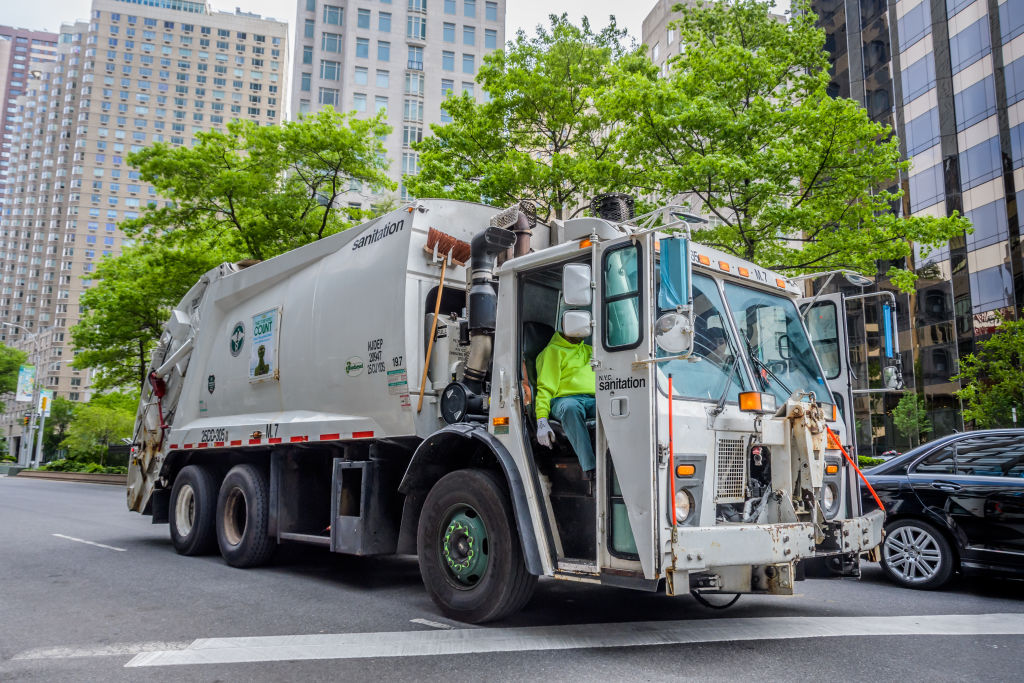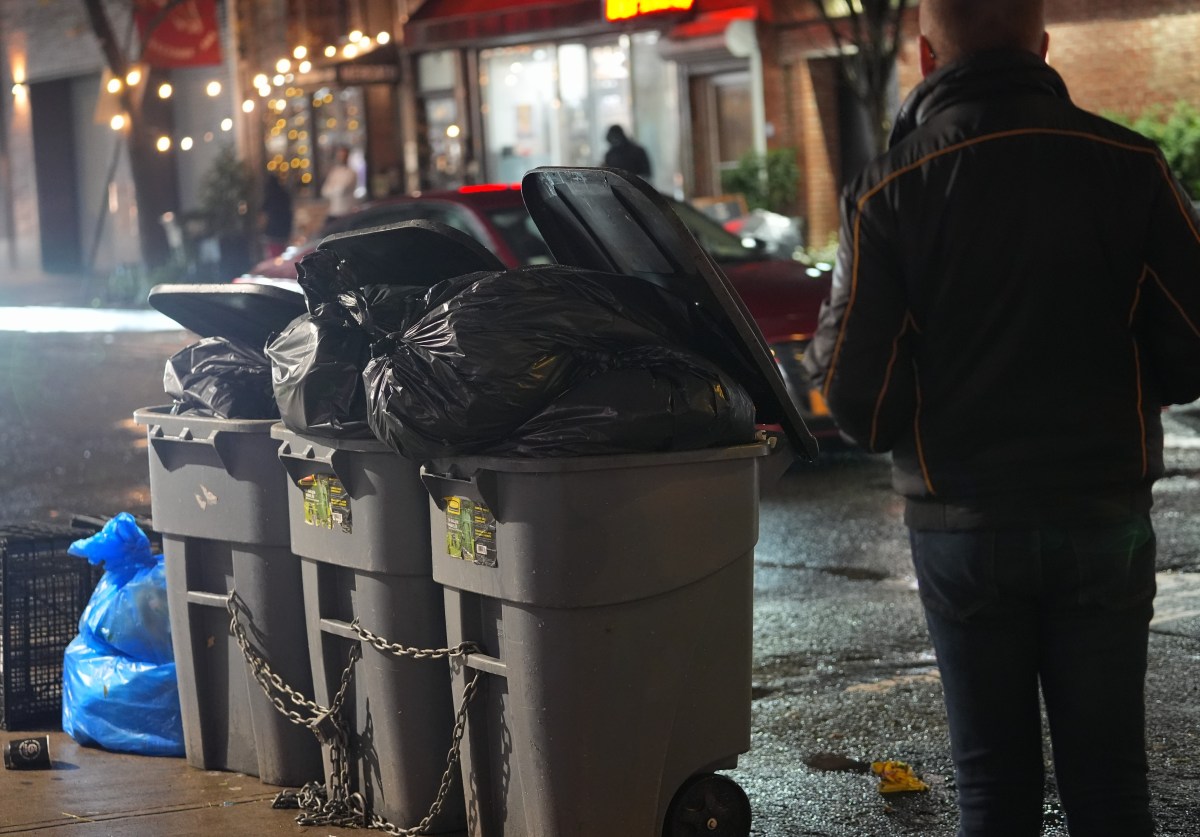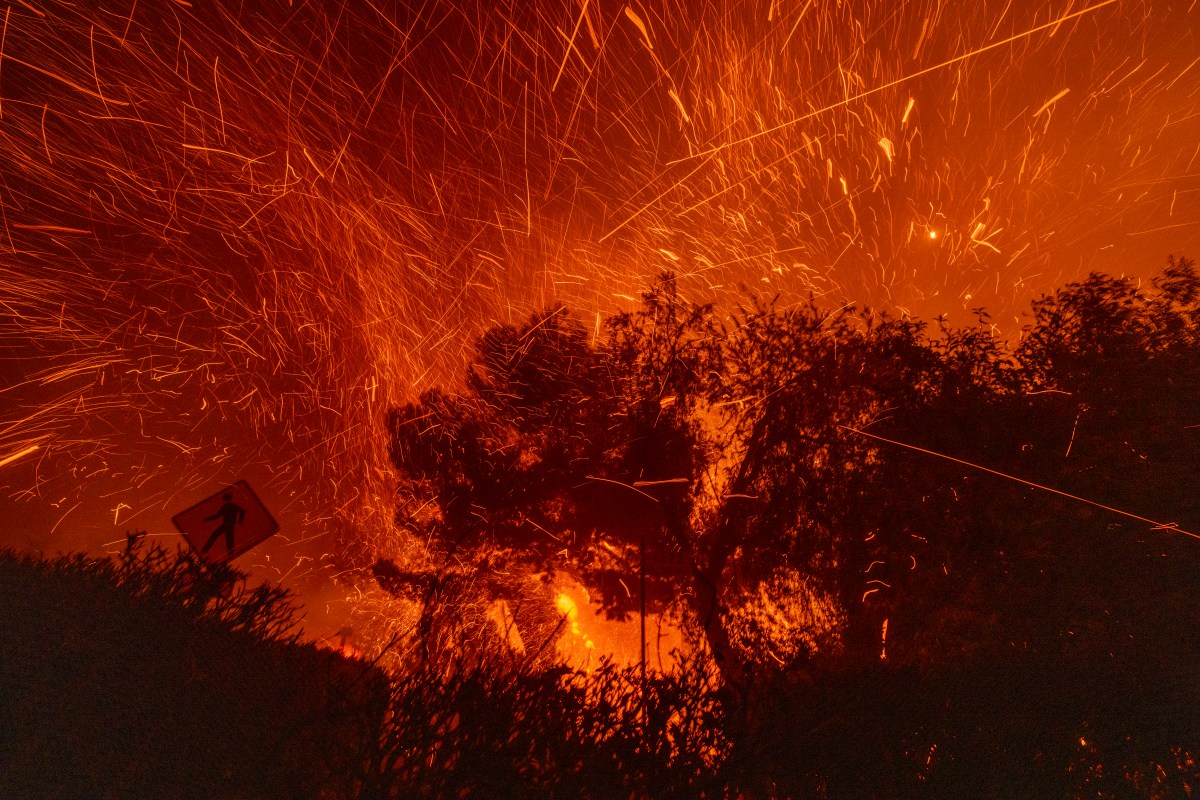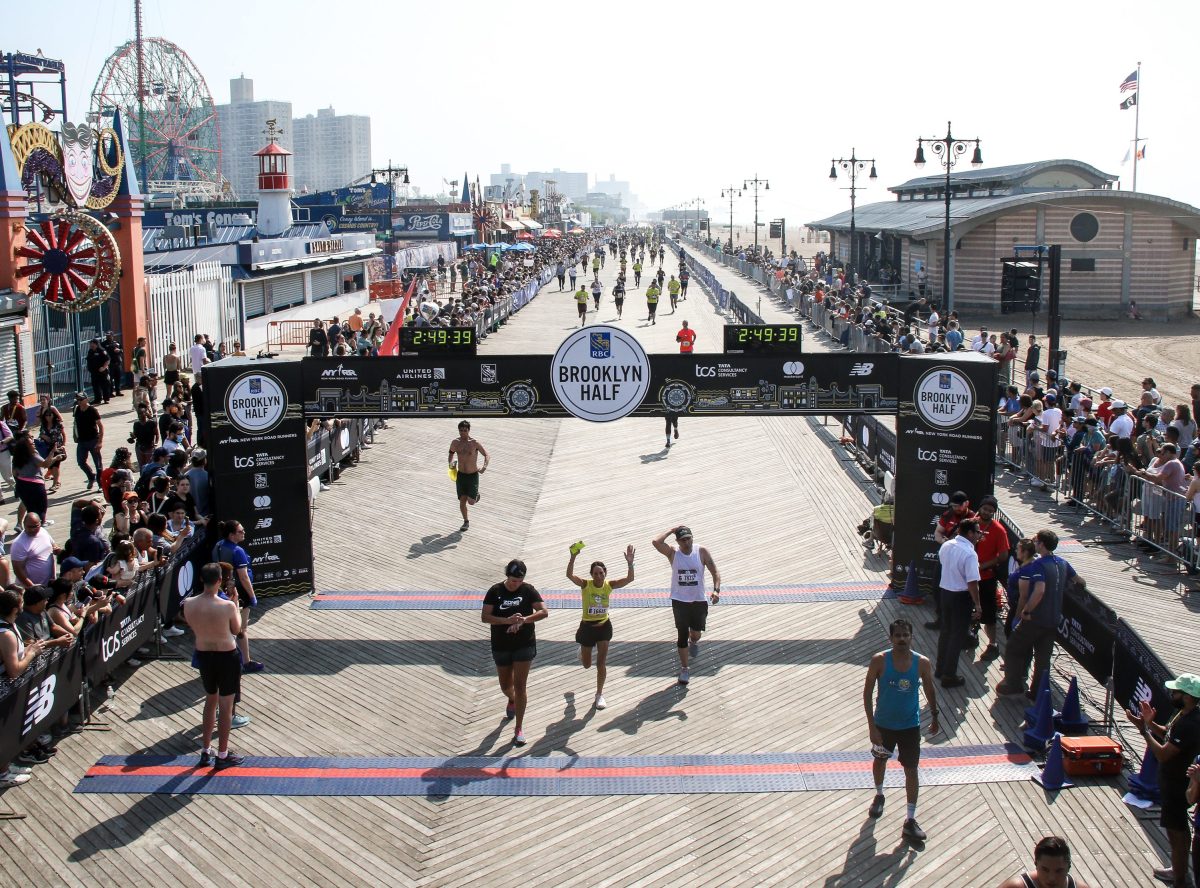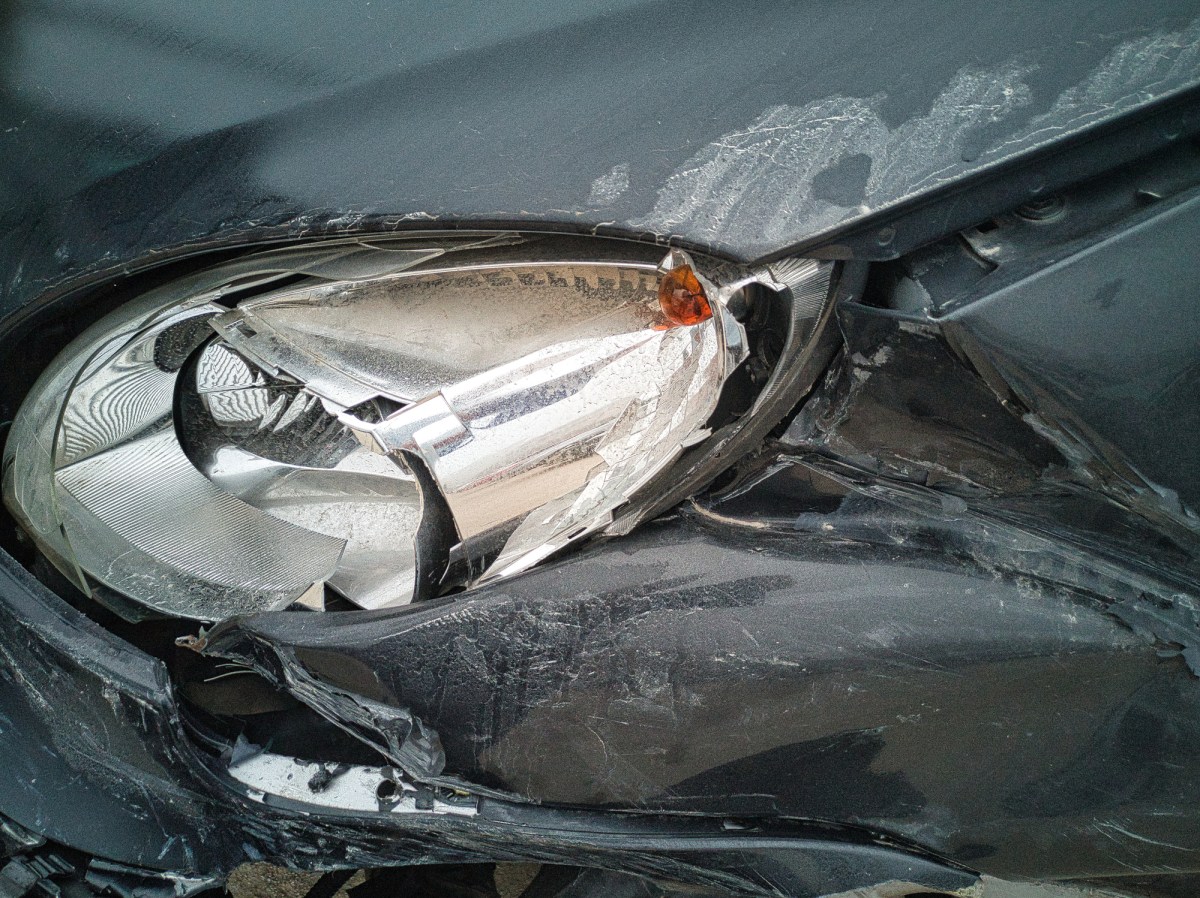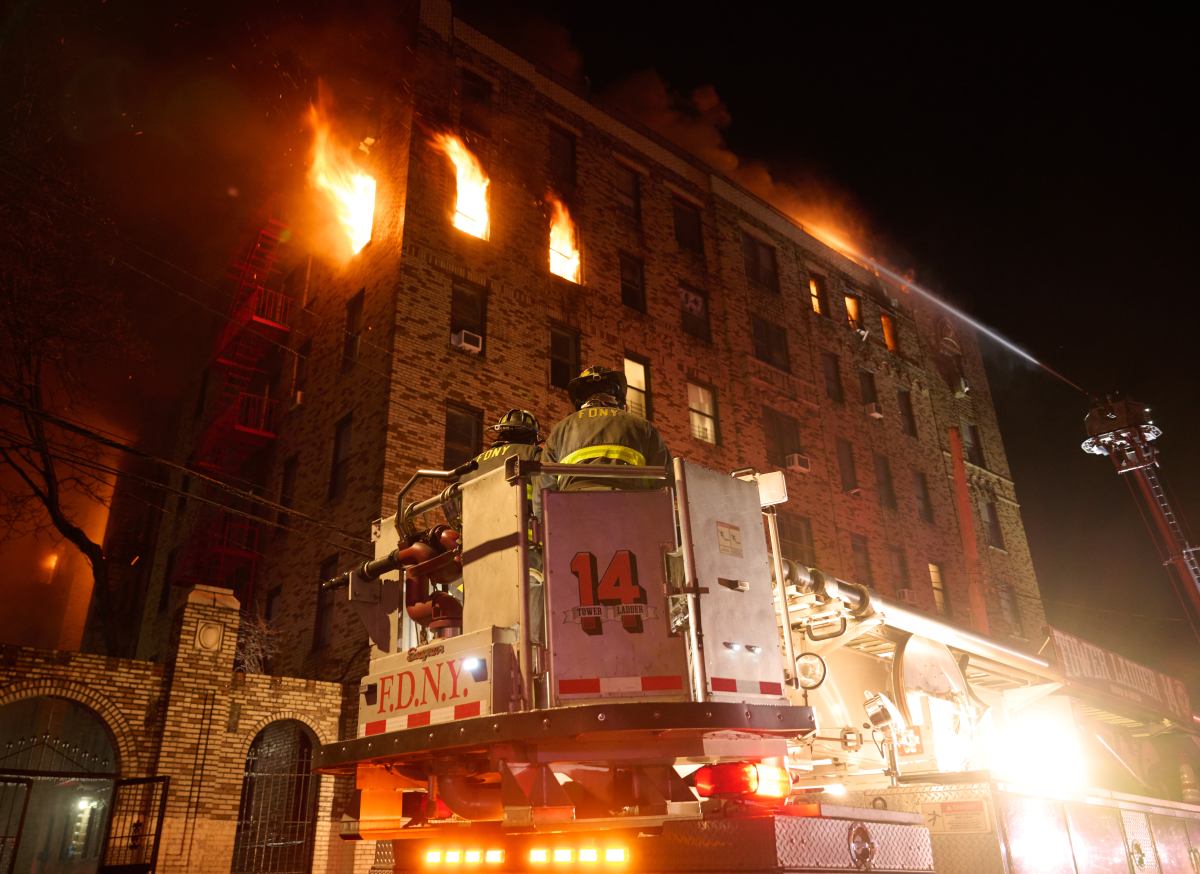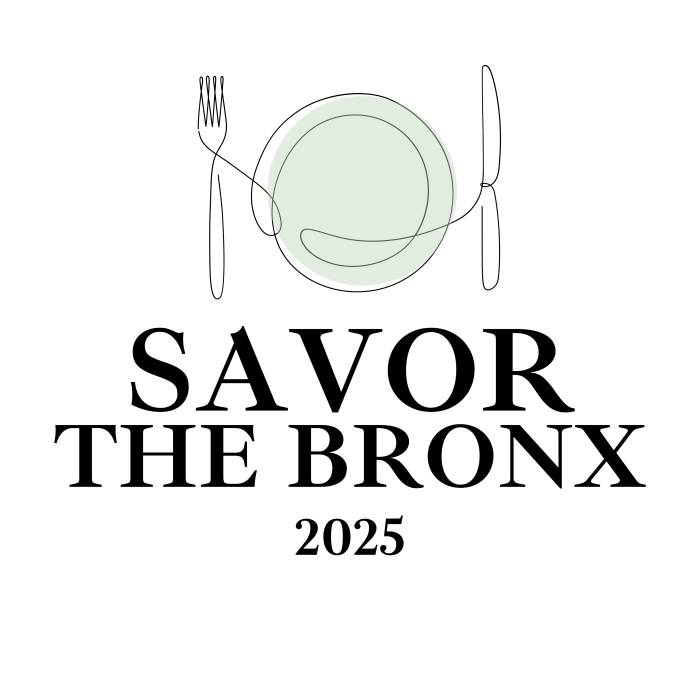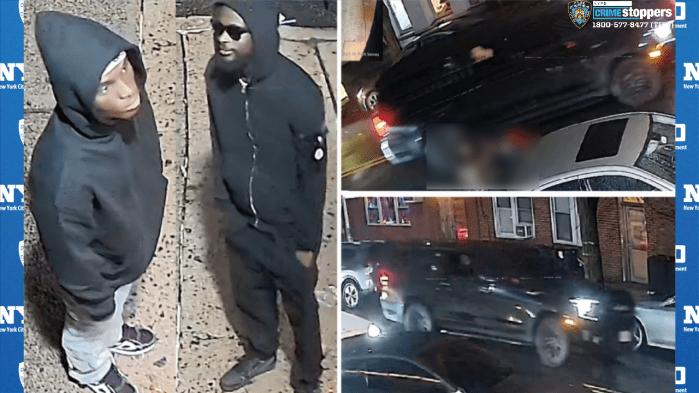Though NYC remains under a drought warning, Mayor Eric Adams lifted the public fireworks and open flames ban on Monday after several recent rainfalls slightly improved the Big Apple’s arid situation.
Hizzoner instituted the temporary ban on Nov. 18 as the city went through a historic dry spell that saw hundreds of brush fires break out across the five boroughs. But in recent weeks, the city has had a good amount of rainfall that saturated the bone-dry landscape. Between Nov. 21 and 30, Central Park recorded 2.84 inches of rain — a practical embarrassment of riches compared to the 0.01 inches of precipitation measured in all of October 2024.
With the temporary ban shelved, New Yorkers can once again grill in New York City parks. Those holding permits for fireworks displays or open flames can now update their permits to proceed. The ban, however, previously led to the cancellation of several planned New Year’s fireworks shows.
‘Not out of the woods yet’
Still, Mayor Adams warned that the city is “nowhere near out of the woods yet” when it comes to ending the drought, and all New Yorkers should take measures to conserve water.
Proof of that can be found in the upstate reservoirs supplying New York water. As of Dec. 9, according to the Department of Environmental Protection (DEP), the city’s water supply is at just 59.3% capacity, more than 23% below the 82.5% normal capacity. Even though 3.77 inches of rain fell in the city watershed in November, the watershed’s total rainfall between Sept. 1 and Dec. 9 (6.24 inches) is about 7 inches below normal (13.19 inches).

According to Mayor Adams, it will take more than a foot of rain to restore normalcy to the reservoirs. Some of the basins are at dangerously low levels; the DEP reported that the Schoharie Reservoir, which has a capacity of 17.6 billion gallons of water, is currently at just 4.5% capacity (792 million gallons).
The largest reservoir in the city’s water system, the Pepacton Reservoir, is currently at just 63.5% of its 140.2 billion capacity (89.02 billion gallons).

New Yorkers use an average of about 1.1 billion gallons of water daily, and the mayor insisted that everyone do their part to ensure they do not use one drop more than they need.
“[W]e need you to use the utmost levels of caution to prevent fires and keep our parks safe,” Mayor Adams said in a Dec. 9 statement. “And the rain we’ve received isn’t nearly the additional foot of rain we’d need to replenish our upstate reservoirs, so we need all New Yorkers to continue conserving water whenever you can.”
More rainy relief is on the way to New York. The National Weather Service forecasts a good soaking for Wednesday, with between 1 and 2 inches possible and highs reaching the low 60s. The rain could be heavy at times. After that, temperatures will tumble down to a more December-like 33 degrees on Thursday, with sunny and breezy skies.
The city offered these tips to help conserve water:
- Take shorter showers; doing so saves 5 to 7 gallons of water per minute. If you’re taking a bath, fill the tub only halfway; that will save between 10 and 15 gallons.
- Don’t run the tap while shaving, washing hands or brushing teeth. That will save between 2 and 3 gallons of water per minute.
- Don’t flush the toilet unless you have to; toilets account for about 30% of a home’s water consumption, and each flush uses about 1.6 gallons.
- Look for leaky faucets and fix them.
- Run dishwashers and washing machines when they are at full capacity; use short cycles if available. If you wash dishes in the kitchen sink, turn off the water while doing so.
- Use low-flow toilets and showerheads, and faucet aerators, to further conserve water.
- Instead of hosing down a sidewalk or driveway, sweep them with a broom.
For more information and water conservation tips, visit nyc.gov/dep.






